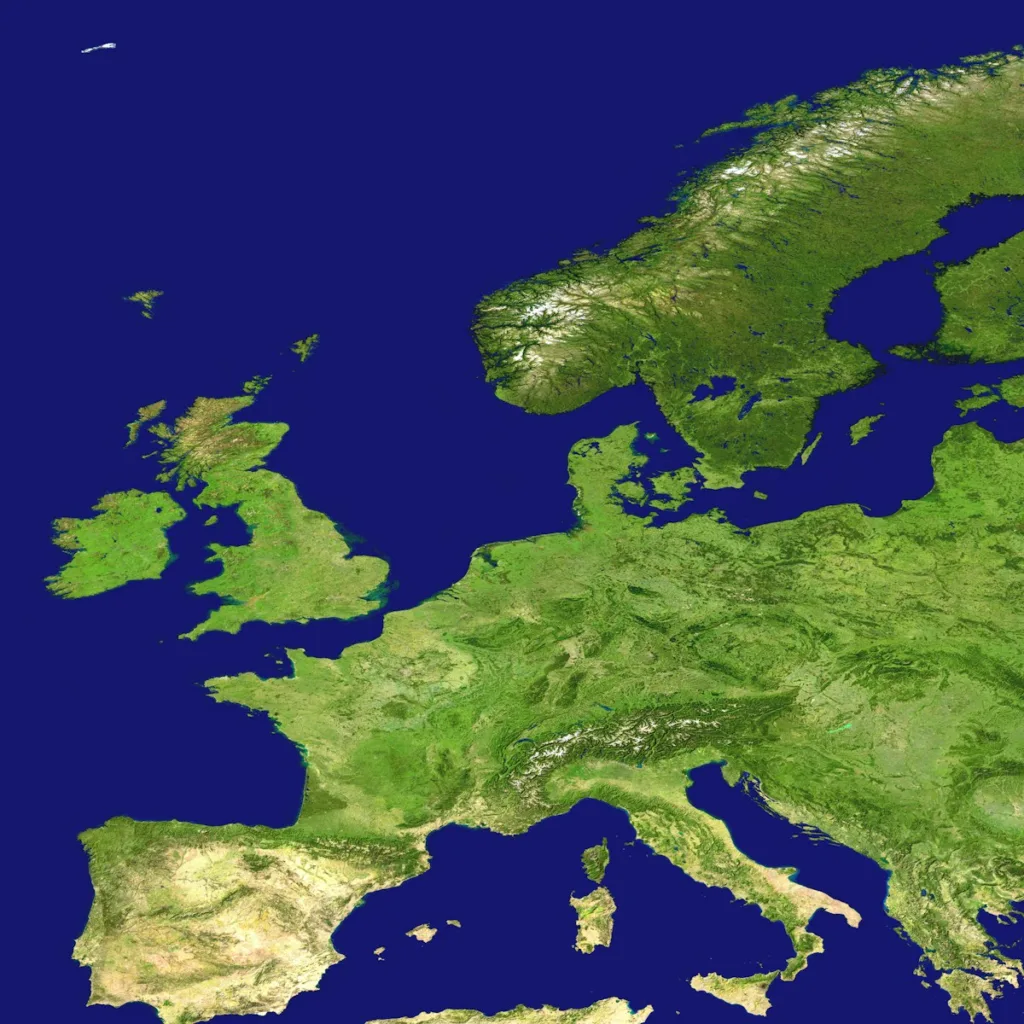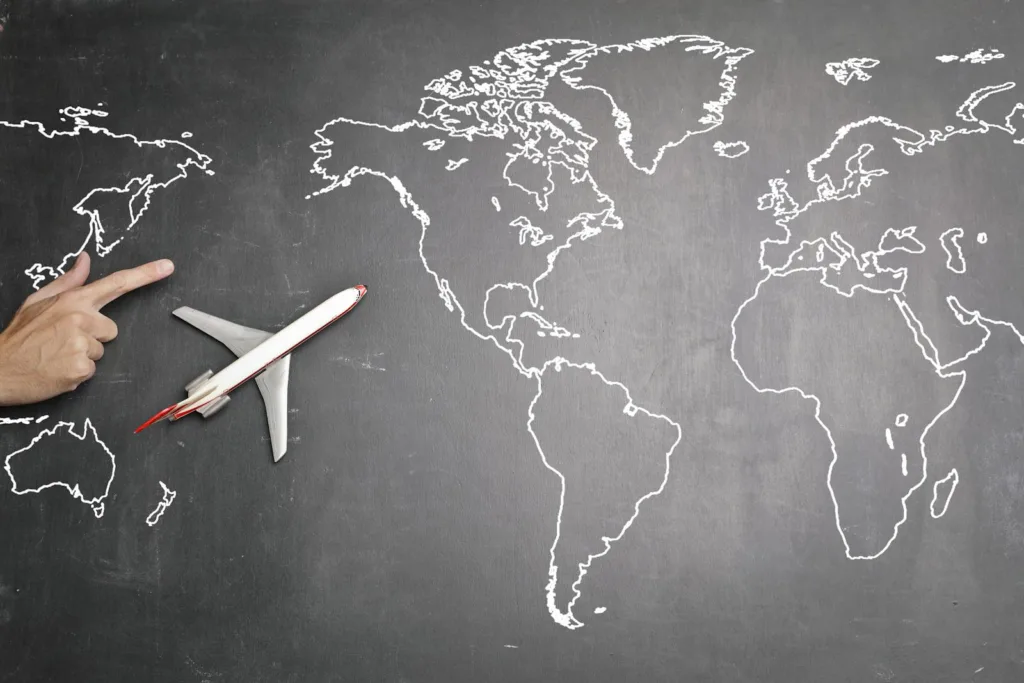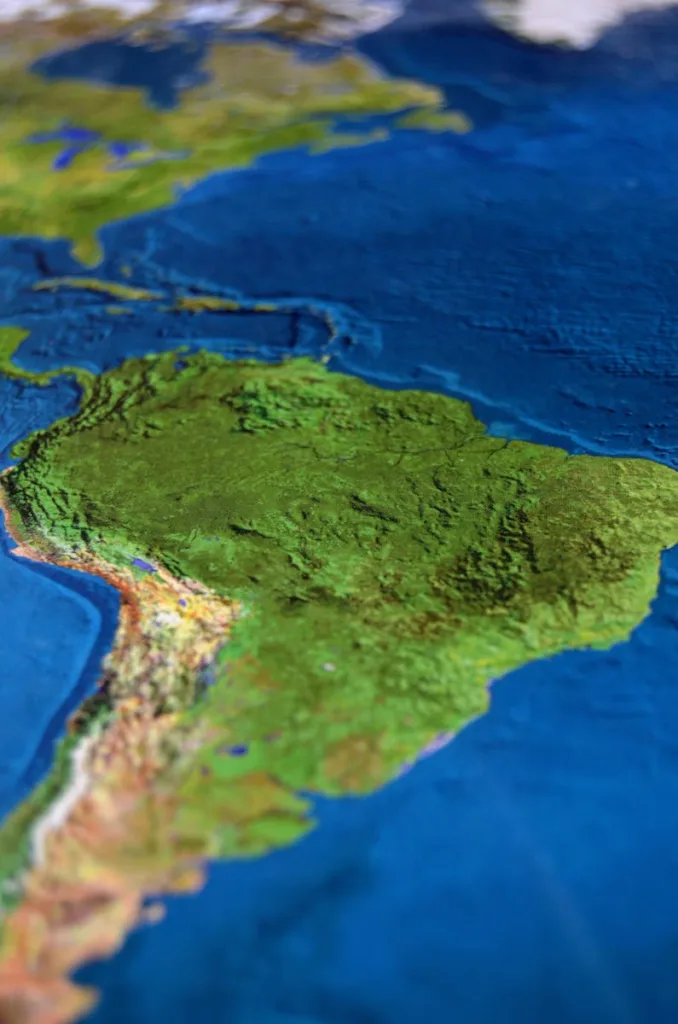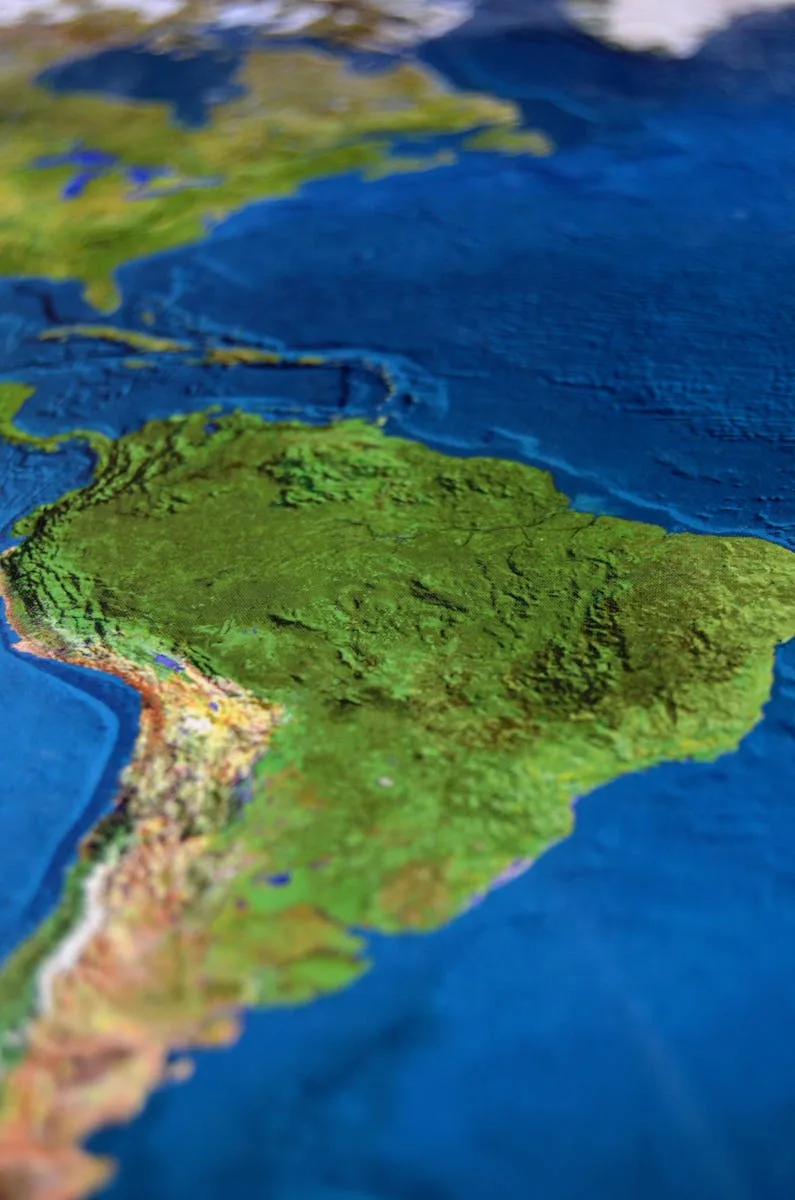Table of Contents
“lost continent” found
After discovering traces of the landmass and retracing its movements, scientists may have finally been able to solve the puzzle of what happened to a lost continent that appeared to vanish 155 million years ago.
It appears that western Australia and the lost continent, known as Argoland, had a contentious divorce. According to recent research, it broke apart when tectonic pressures spread the landmass apart and drove it away from the rest of the continent, dispersing it throughout Southeast Asia.
A continent rifted from Australia 155 million years ago, as known for a long time due to indications found in the geology of the Argo Abyssal Plain, a deep ocean basin off the northwest coast of the country.

However, Argoland broke up into pieces, unlike India, which separated from the extinct supercontinent Gondwana 120 million years ago and is still a single landmass today. And up until this point, scientists were unable to figure out how those pieces of the continent got there.
According to Eldert Advokaat, primary study author and researcher at the Earth sciences department at Utrecht University in the Netherlands, “we knew it had to be somewhere north of Australia, so we expected to find in Southeast Asia,” Live Science reported.
The new work by Advokaat and colleagues reconstructs the voyage of the breakaway continent and was published online in the journal Gondwana Research on October 19.

Around Indonesia and Myanmar, the researchers discovered pieces of ancient territory, but when they attempted to piece together Argoland using these pieces, “nothing fits,” the researcher stated.
After that, the group worked backward, gathering information across Southeast Asia to follow Argoland’s path back north. They found the remains of little oceans that existed about 200 million years ago among the strewn pieces of old land. According to Advokaat, these waters most likely developed as tectonic forces stretched and fractured Argoland before the 3,100-mile (5,000-kilometer) landmass split off.

“That process goes on for 50 to 60 million years and around 155 million years ago, that whole collage of these ribbon continents and intervening oceans starts drifting over to Southeast Asia,” he stated. “We didn’t lose a continent; it was just already a very extended and fragmented ensemble.”
For this reason, Argoland was referred to by Advokaat and his associates as a “Argopelago.” According to Advokaat, their reconstruction of the continent’s past could provide insight into the region’s previous climate, which would have cooled as oceans formed between Argoland’s ruins.
read also : Propellantless propulsion drive developed by a NASA expert defies physics laws
Scientists finally discover ‘lost continent’ thought to have vanished without a trace (msn.com)
As pieces of Argoland collided with Southeast Asian landmasses, they also shaped the abundant biodiversity that exists today. All things considered, reconstructing Argoland is “a springboard for new research,” he stated.
As pieces of Argoland collided with Southeast Asian landmasses, they also shaped the abundant biodiversity that exists today. All things considered, reconstructing Argoland is “a springboard for new research,” he stated.
As pieces of Argoland collided with Southeast Asian landmasses, they also shaped the abundant biodiversity that exists today. All things considered, reconstructing Argoland is “a springboard for new research,” he stated.
As pieces of Argoland collided with Southeast Asian landmasses, they also shaped the abundant biodiversity that exists today. All things considered, reconstructing Argoland is “a springboard for new research,” he stated.
As pieces of Argoland collided with Southeast Asian landmasses, they also shaped the abundant biodiversity that exists today. All things considered, reconstructing Argoland is “a springboard for new research,” he stated.
As pieces of Argoland collided with Southeast Asian landmasses, they also shaped the abundant biodiversity that exists today. All things considered, reconstructing Argoland is “a springboard for new research,” he stated.


1 thought on “Finally, a “lost continent” that was believed to have disappeared completely is found by scientists.”